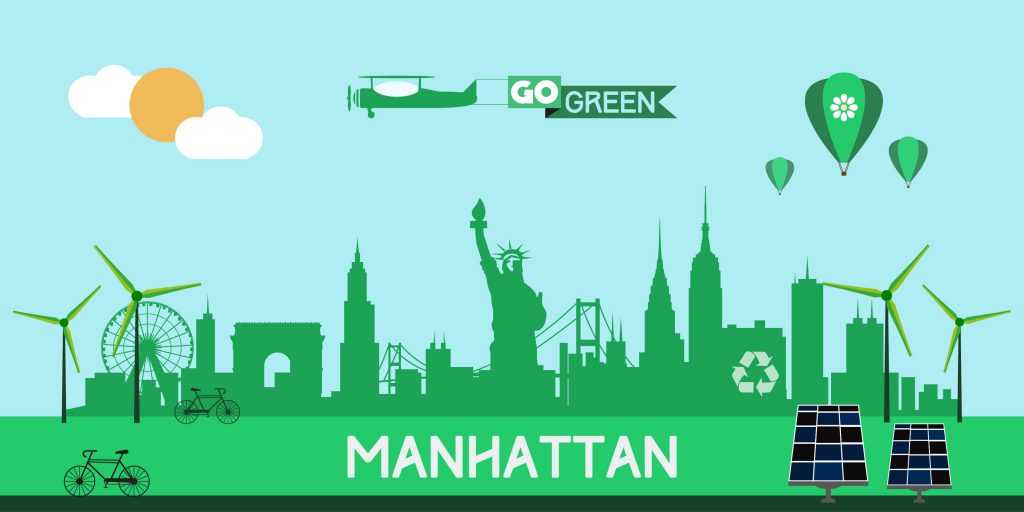The New York City Energy Conservation Code (NYCECC) is based on the current Energy Conservation Construction Code of New York State (ECCCNYS) and further modified by New York City local laws. The 2016 ECCCNYS, which is based on the 2015 International Energy Conservation Code and ASHRAE 90.1-2013, will go into effect on October 3, 2016. In the same fashion, the 2016 NYCECC, which modifies the State Code, will also go into effect on October 3, 2016. It is being adopted as Local Law 91 of 2016.
All applications filed on or after October 3, 2016 will be subject to the 2016 NYCECC. “Complete applications” (as defined by Buildings Bulletin 2014.015) filed on or before October 2, 2016 will be subject to the 2014 NYCECC. If these applications are deemed “incomplete”, they may be subject to the 2016 NYCECC.
Architects and Engineers can get a head start and review Local Law 91 of 2016, which describes New York City’s modifications to the new energy code. The law can be found on the New York City Council’s website. Once the 2016 NYCECC is released, a digital copy will be available for viewing on the DOB’s Energy Conservation Code page.
Below are the key changes to expect*:
Commercial
- Building envelope improvements, including the requirement that all below-grade walls and slabs be insulated.
- Open combustion fuel-burning appliances will have to be installed outside of the building thermal envelope.
- Additional commissioning requirements, especially for lighting controls.
- New requirements for building air tightness testing.
- Buildings between 25,000 and 50,000 square feet must conduct a blower door test.
- Building over 50,000 square feet must test or inspect each type of air barrier joint or seam.
- Heat transfer of through-wall Packaged Terminal Air Conditioning (PTAC) units and air conditioners must now be accounted for in energy calculations.
Residential
- Blower door tests will need to be conducted on new residential buildings to ensure a maximum air leakage of three air changes per hour.
- Important envelope improvements.
- In climate zone 4, wall insulation will be increased from R13 to R20.
- Heat transfer of through-wall Packaged Terminal Air Conditioning (PTAC) units and air conditioners must now be accounted for in energy calculations.
- Increase in high-efficacy lighting requirements from 50% to 75%.
- The introduction of a new compliance path based on the Energy Rating Index, which scores buildings from 0-100.
- New residential buildings must be “solar ready” by allocating space for panels.
- More-stringent insulation requirements, adopted from Climate Zone 6.
*Credit: Urban Green Council – New Energy Code Means Big Efficiency Gains for City and State.


